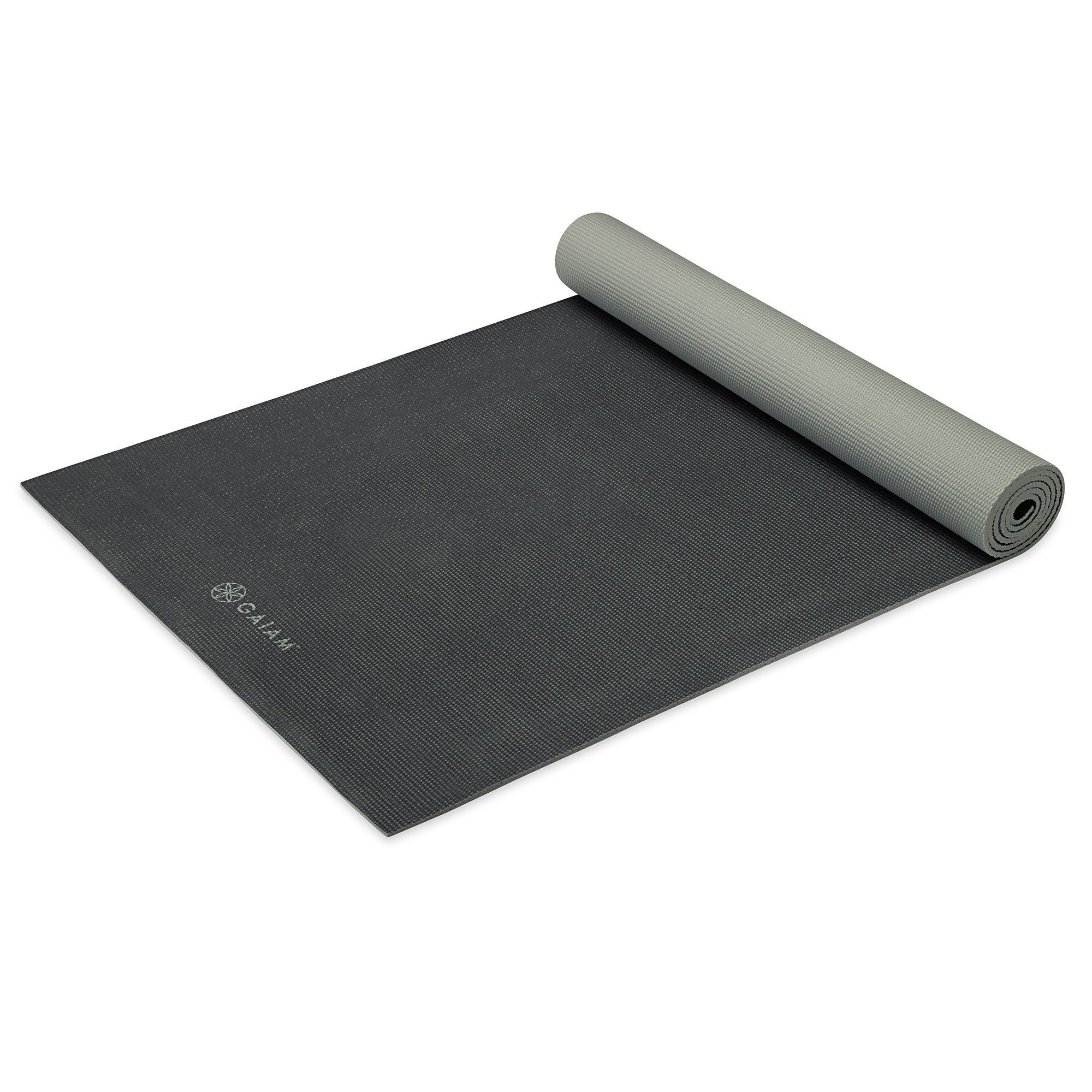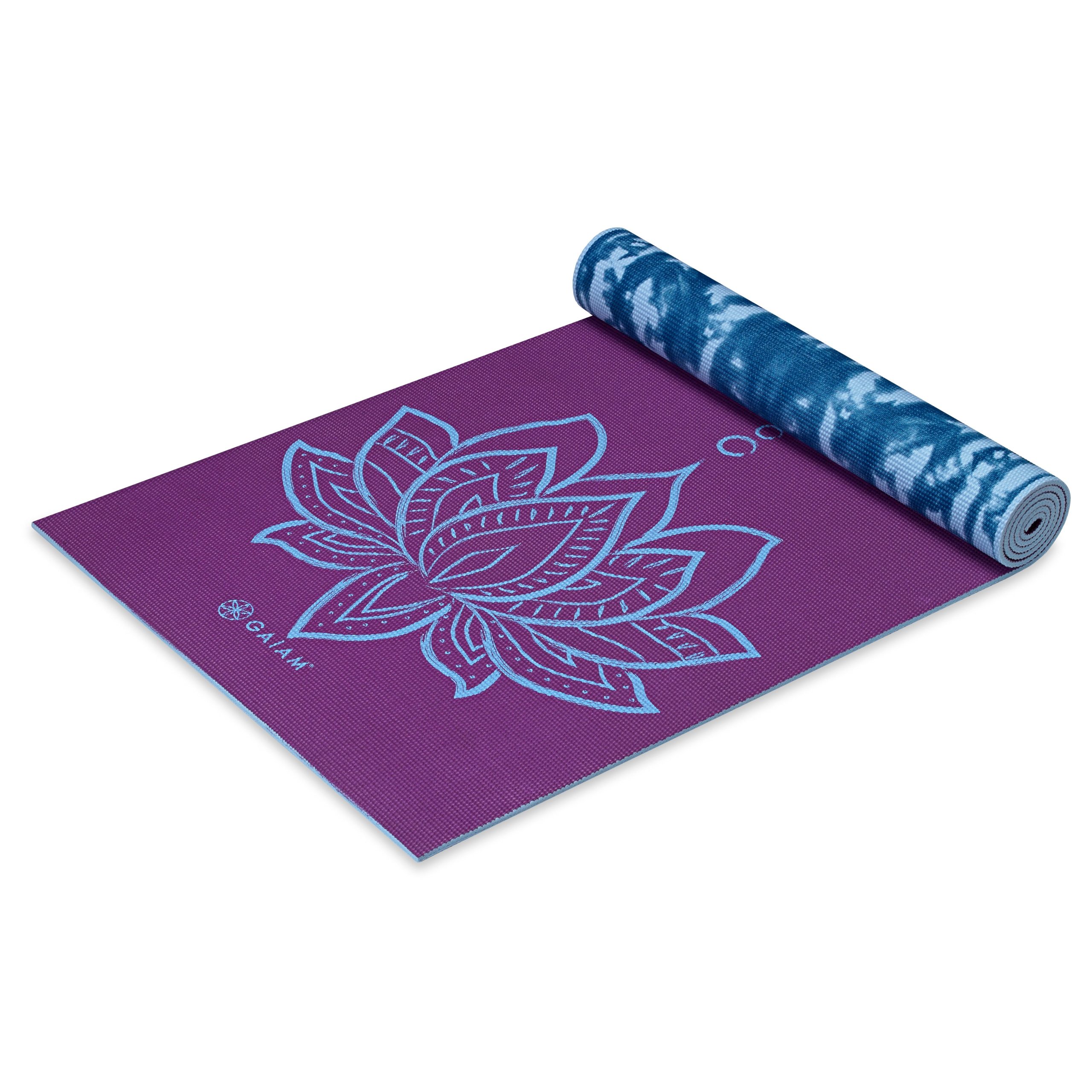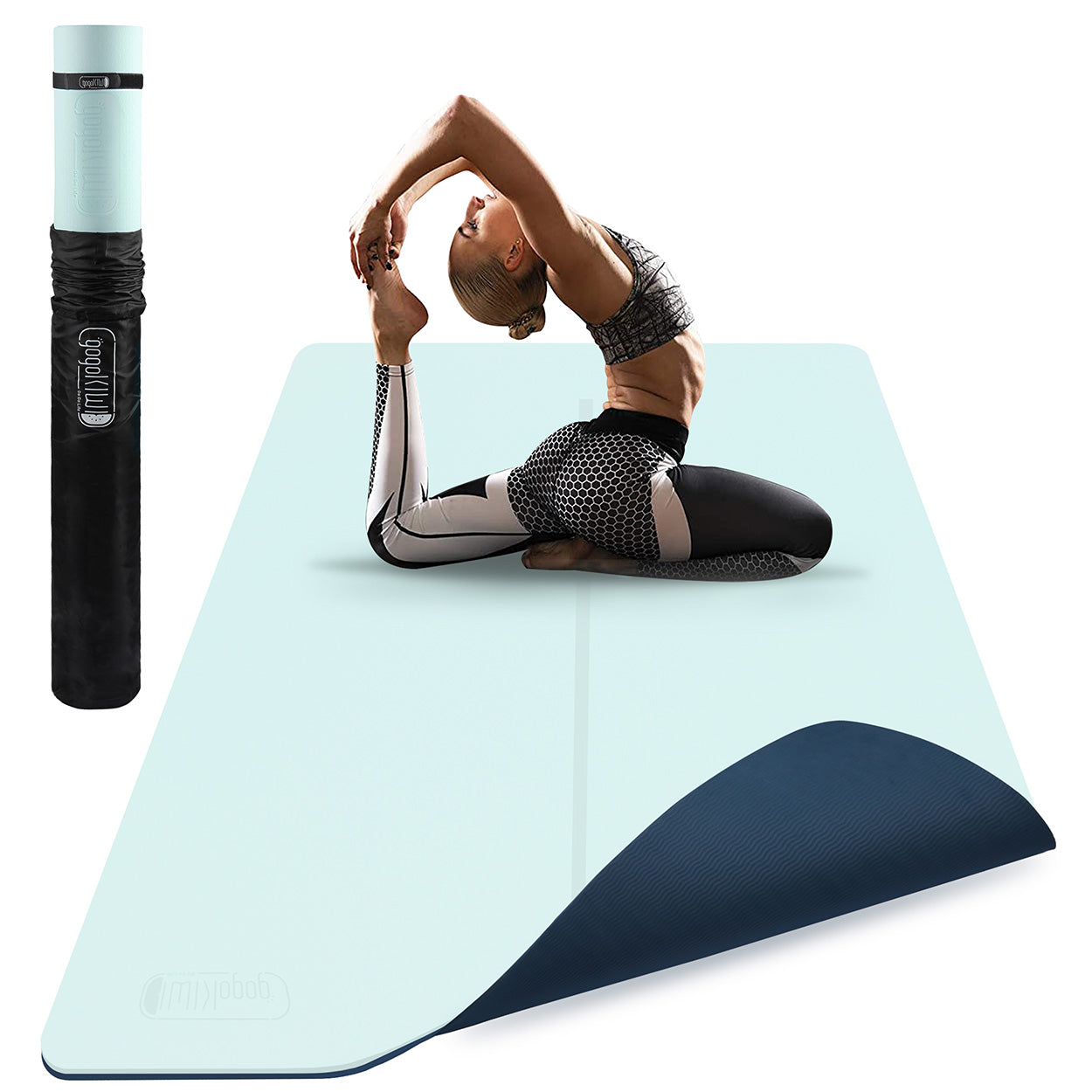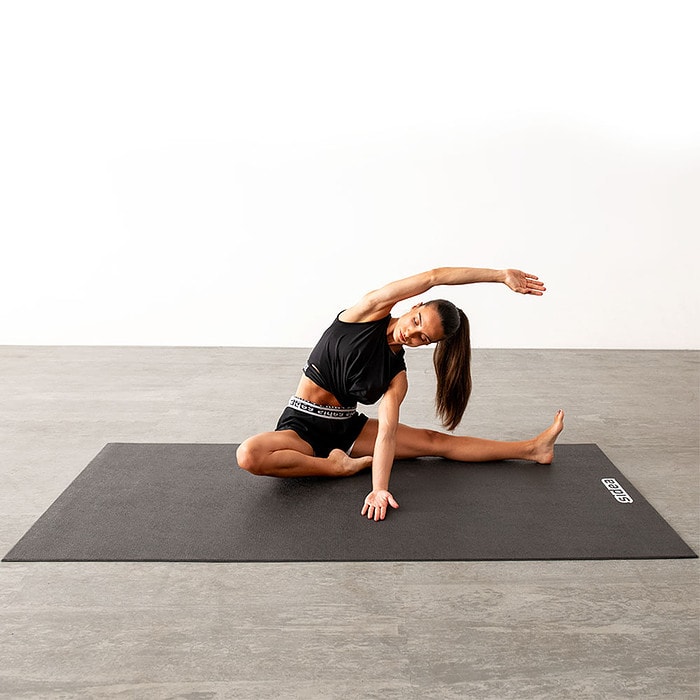Which side of yoga mat to use? Yoga has gained immense popularity in recent years due to its numerous physical and mental health benefits. It’s a practice that can be done almost anywhere, but having the right equipment is essential for a successful yoga session. One of the most critical pieces of equipment for yoga is the yoga mat. However, many people are unsure which side of the mat to use, as some mats have different textures or designs on each side. In this guide, we will explore the factors to consider when choosing which side of your yoga mat to use.

The Texture of the Mat
One of the most important factors to consider when choosing which side of your yoga mat to use is the texture. Many yoga mats have a smooth side and a textured side. The textured side is usually made to provide better grip, which can be especially helpful during poses that require a strong foundation, such as downward dog or warrior poses. The smooth side may be better suited for poses that require sliding or twisting, such as seated poses or twists. Before starting your practice, consider the type of poses you will be doing and choose the side of the mat that best suits your needs.
The Design of the Mat
Some yoga mats have a design or pattern on one side, while the other side is plain or has a different texture. When choosing which side of the mat to use, consider the design and how it may impact your practice. For example, if the design is distracting or makes it difficult to see alignment cues, you may want to use the plain side instead. On the other hand, if the design provides visual markers for alignment or has inspirational quotes that help you stay focused, you may prefer to use the side with the design.
The Material of the Mat
Yoga mats come in a variety of materials, each with its own properties and benefits. Some mats are made from natural rubber, while others are made from PVC or other synthetic materials. The material of the mat can impact the grip, cushioning, and durability of the mat. When choosing which side of the mat to use, consider the material and how it affects your practice. For example, if one side of the mat offers better traction but the other side provides more cushioning, you may need to weigh the benefits of each and decide which is more important for your practice.
Personal Preference
Ultimately, the decision of which side of the yoga mat to use comes down to personal preference. Some people may prefer the texture or grip of one side over the other, while others may be drawn to a specific design or pattern. It’s important to experiment with both sides of the mat and find out which side feels best for you. Remember that the goal is to create a comfortable and enjoyable practice, so it’s essential to choose the side that makes you feel the most at ease.
Yoga mat suitable exercises
Yoga mats are an essential piece of equipment for any yoga practitioner, but their benefits extend far beyond just yoga. In fact, yoga mats are a versatile and practical tool that can be used for a variety of exercises and workouts. From Pilates to meditation and everything in between, a yoga mat provides a comfortable and stable surface for exercise.

The Benefits of Using a Yoga Mat:
Comfort and Support:
One of the primary benefits of using a yoga mat is the comfort and support it provides during exercise. Whether you are practicing yoga poses, doing Pilates exercises, or simply stretching, a yoga mat provides a cushioned and non-slip surface that helps to prevent strain and discomfort on your body.
Stability and Balance:
A yoga mat also offers stability and balance, which is essential for many types of exercises. The non-slip surface of a yoga mat helps to keep your feet and hands firmly in place, reducing the risk of slipping or sliding during workouts.
Hygiene:
Using a yoga mat can also improve hygiene during exercise. A yoga mat creates a barrier between your body and the floor, minimizing direct contact with sweat, germs, and dirt that may be on the ground. This is especially important when practicing yoga or other exercises in a shared space.
Portable and Lightweight:
Yoga mats are portable and lightweight, making them easy to transport to different workout locations. Whether you prefer to exercise at home, in a gym, or outdoors, a yoga mat can easily be rolled up and taken with you wherever you go.
The Types of Workouts Enhanced by a Yoga Mat:
- Yoga: Naturally, a yoga mat is an essential tool for practicing yoga. It provides a non-slip surface for performing yoga poses and allows for comfortable transitions between different positions.
- Pilates: Pilates exercises often involve lying on the floor and performing controlled movements. A yoga mat provides the cushioning and support necessary for performing Pilates movements with ease.
- Stretching: Whether you are doing simple stretching exercises or advanced flexibility workouts, a yoga mat provides a comfortable and stable surface for safely and effectively stretching your muscles.
- Meditation: A yoga mat provides a designated space for meditation, allowing you to create a peaceful and comfortable environment for quiet reflection and inner peace.
- Bodyweight Exercises: Many bodyweight exercises, such as push-ups, planks, and lunges, are more comfortable and effective when performed on a yoga mat. The non-slip surface helps to keep you stable and secure while performing these exercises.

How to clean a yoga mat
Hand Washing
-
Prepare a Cleaning Solution
Fill a spray bottle with a mixture of mild detergent and water. If you prefer a natural option, you can use a homemade solution of water and essential oils, such as tea tree oil or lavender oil, known for their antibacterial properties.
-
Spray and Wipe
Lay your yoga mat flat on the floor and spray the cleaning solution all over the surface. Use a soft sponge or cloth to gently scrub the mat, paying extra attention to any heavily-soiled areas. Avoid using harsh chemicals or abrasive scrubbers, as they can damage the mat’s texture and color.
-
Rinse
Once you have thoroughly wiped the mat, rinse it with clean water to remove any soap residue.
-
Dry
After rinsing, roll the mat in a clean towel to absorb excess moisture. Finally, unroll the mat and let it air dry in a well-ventilated area, avoiding direct sunlight, which can cause the mat to deteriorate.
Machine Washing
If your yoga mat manufacturer allows machine washing, follow these steps:
-
Check the Manufacturer’s Instructions
Before tossing your yoga mat in the washing machine, check the manufacturer’s instructions for specific washing guidelines. Some mats are not machine-washable and may need special care.
-
Prepare the Washing Machine
If your yoga mat is suitable for machine washing, place it in the machine with a small amount of mild detergent. Avoid using bleach or harsh chemicals, as they can damage the mat.
-
Select the Gentle Cycle
Choose the gentle cycle and use cold water to wash your yoga mat. Using hot water can cause the mat’s materials to break down and lose their quality.
-
Air Dry
Once the washing cycle is complete, remove the yoga mat from the machine and unroll it to air dry. Avoid using a dryer, as the heat can damage the mat.

Conclusion
In conclusion, choosing which side of the yoga mat to use is a personal decision that can be influenced by various factors such as texture, design, material, and personal preference. Before starting your practice, it’s essential to consider these factors and experiment with both sides of the mat to determine which one best suits your needs. By making an informed decision, you can enhance your yoga practice and create a more enjoyable experience on the mat.
